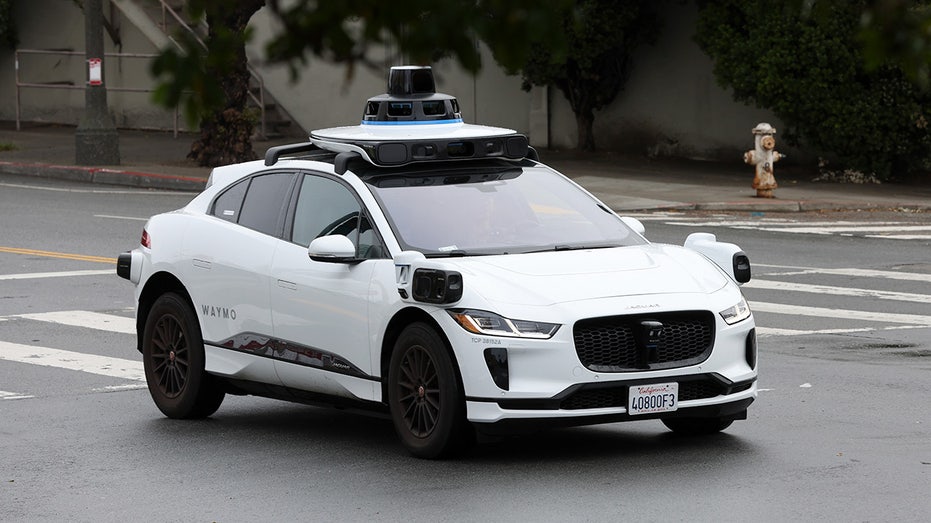
Introduction
Autonomous vehicles are rapidly reshaping the landscape of transportation, and Waymo, a subsidiary of Alphabet Inc., is at the forefront of this transformation. With advancements in technologies such as artificial intelligence and machine learning, Waymo is not only changing how people commute but also aiming to enhance safety and reduce traffic congestion in urban areas. The relevance of Waymo’s innovations becomes increasingly significant as cities integrate these technologies to meet growing transportation demands.
Recent Developments
In recent months, Waymo has made significant strides in expanding its self-driving taxi services. As of October 2023, the company operates in multiple cities across the United States, including Phoenix, San Francisco, and Los Angeles. This expansion is essential in testing the scalability of Waymo’s technology in diverse urban environments. Recently, Waymo announced that it had received regulatory approval to operate its fully autonomous ride-hailing service, without a safety driver present, in select neighborhoods of San Francisco, marking a major milestone in the evolution of driverless technology.
Alongside its ride-hailing services, Waymo is also working on partnerships with various automakers to integrate its self-driving technology into a broader range of vehicles. Collaborations with companies like Stellantis and Volvo signify that the industry is taking significant steps toward the widespread adoption of autonomous systems.
Challenges and Future Outlook
Despite its advances, Waymo faces numerous challenges, including regulatory hurdles and public acceptance. Many remain skeptical about the safety and reliability of fully autonomous vehicles. According to a 2023 survey conducted by Gallup, only 15% of Americans feel very comfortable riding in driverless cars, indicating a need for continued consumer education and outreach.
As Waymo continues to operate its fleet and gather data on vehicle performance, predictions indicate that public perception will gradually shift as more people experience the safety and convenience of autonomous rides. Furthermore, as electric and autonomous vehicle technologies progress, Waymo’s integration of eco-friendly practices into its operations promises environmental benefits that will appeal to a more sustainability-conscious public.
Conclusion
Waymo stands as a leader in the race for autonomous vehicle innovation. Its efforts to create a safer, more efficient mode of transportation hold the potential to redefine urban mobility. As the company continues to collaborate with industry players and iterate on its technology, observers can expect significant ramifications not only for the automotive industry but also for how urban environments are shaped in the years to come. The world watches as Waymo navigates these challenges, setting the stage for a new era of autonomous transportation.



